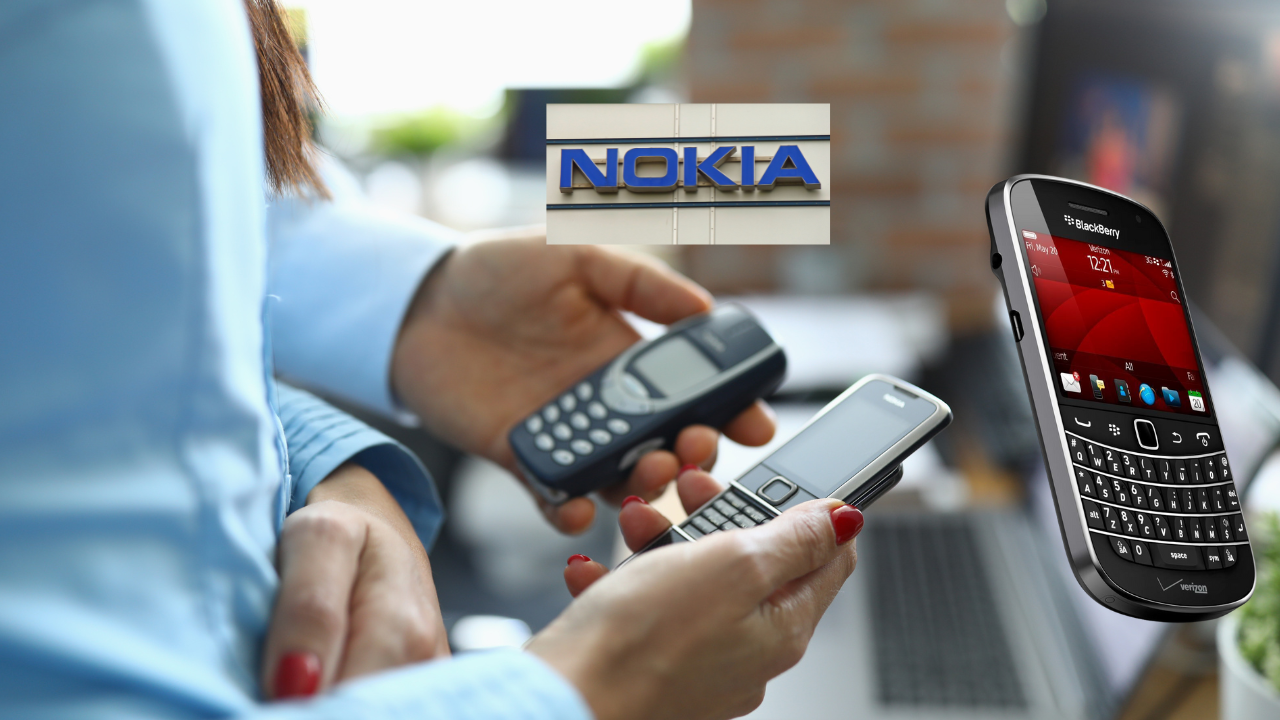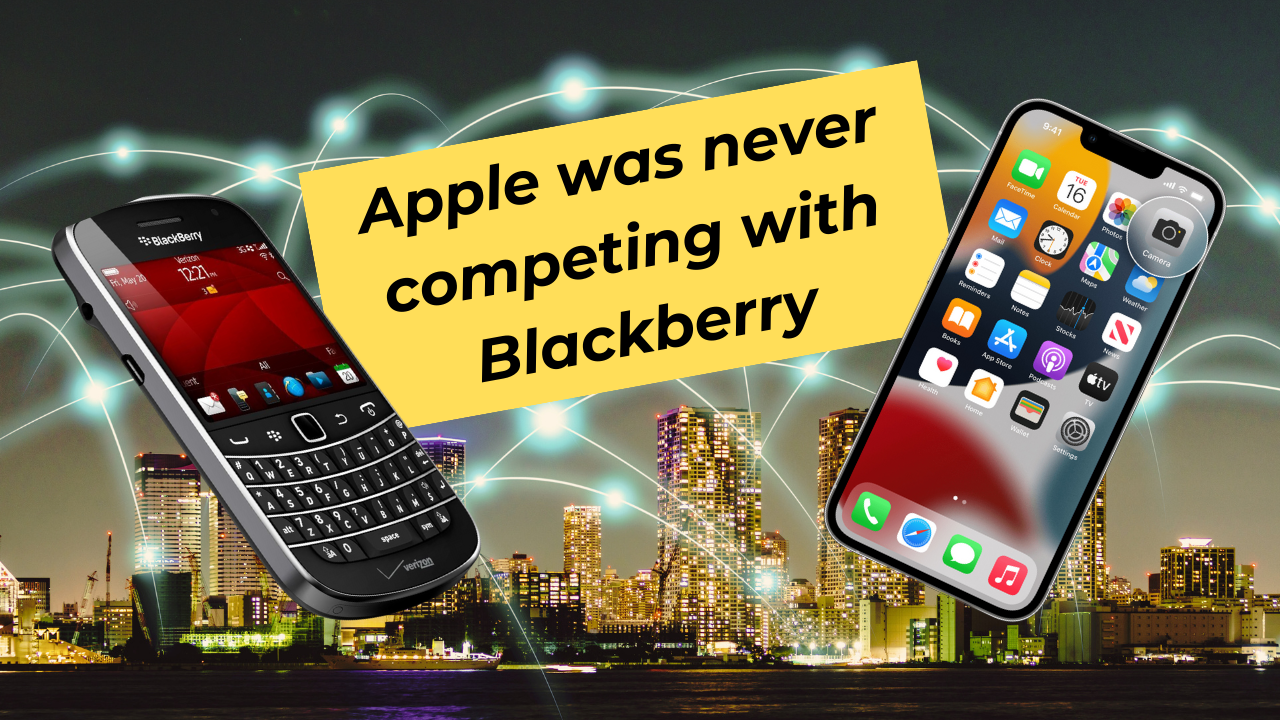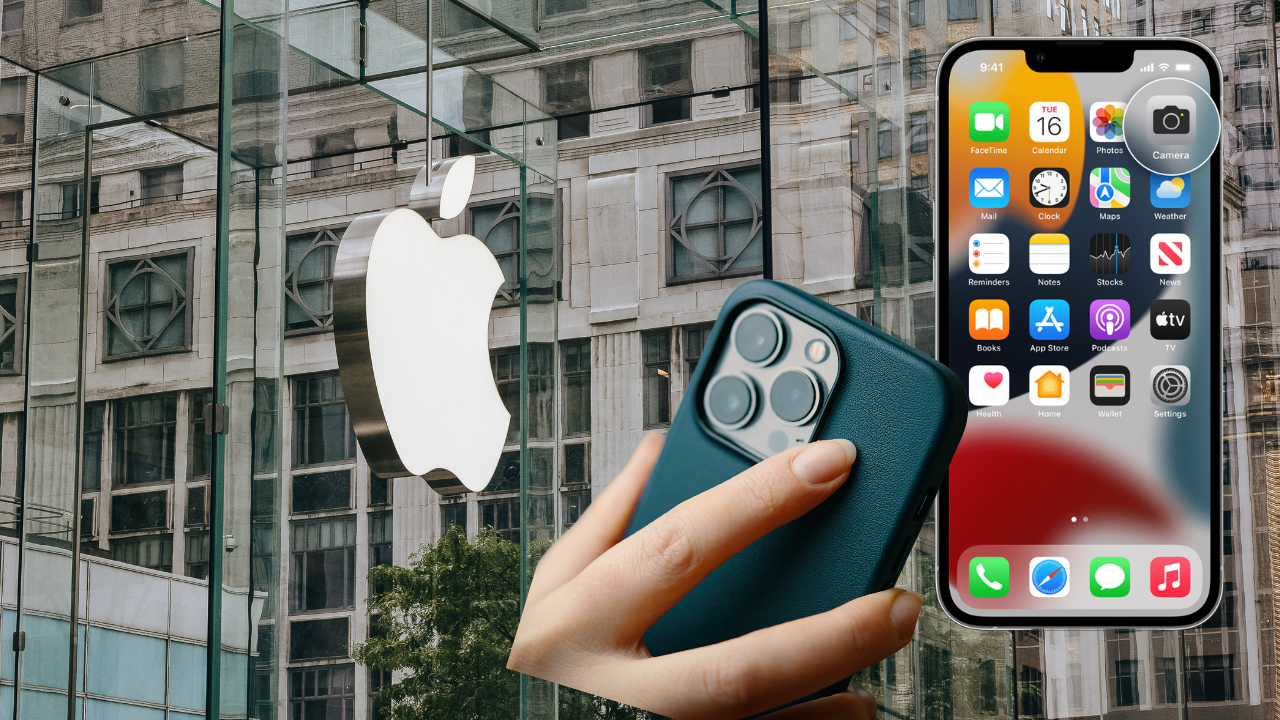"Camera phones will be rejected by Corporate users" — Mike Lazaridis, 2003
When Apple unveiled the iPhone in 2007, it was not just introducing a new product - it was revolutionizing an entire industry. While many viewed the iPhone as a direct competitor to established players like BlackBerry, the reality was far more transformative. Apple was not simply competing in the existing smartphone market; it was fundamentally changing how consumers perceived and interacted with mobile devices.
The Pre-iPhone Era
Before the iPhone, smartphones were primarily seen as business tools. BlackBerry dominated this space with its iconic QWERTY keyboard and focus on email functionality. These devices were efficient for work-related tasks but lacked the broader appeal necessary for mass consumer adoption. The general public still viewed mobile phones primarily as communication devices, with some additional features like basic web browsing and simple games.

Apple's Vision: A Computer in Your Pocket
Steve Jobs famously introduced the iPhone as three revolutionary products in one: "a widescreen iPod with touch controls, a revolutionary mobile phone, and a breakthrough internet communications device." This wasn't just marketing speak - it represented a fundamental shift in how we should think about mobile devices.
Apple envisioned the smartphone not as a better phone, but as a powerful, portable computer that happened to make calls. This perspective allowed Apple to approach the design and functionality of the iPhone from a completely different angle than its competitors.
Touchscreen Revolution
The iPhone's most visible innovation was its large touchscreen interface. By eliminating the physical keyboard, Apple created a device that could adapt its interface to any task. This flexibility opened up a world of possibilities for app developers and users alike. Suddenly, your phone could be a musical instrument, a drawing canvas, or a sophisticated gaming device - all with the same hardware.
The App Store: A Game-Changer
In 2008, Apple launched the App Store, creating an ecosystem that would prove to be one of the iPhone's most significant advantages. By providing a platform for developers to create and distribute applications easily, Apple transformed the iPhone into a device with nearly limitless potential. This move not only enhanced the value proposition for consumers but also created an entirely new industry of mobile app development.
Intuitive User Experience
Apple's focus on user experience set the iPhone apart from its competitors. The iOS interface was designed to be intuitive and user-friendly, making advanced technology accessible to a broader audience. Features like pinch-to-zoom and inertial scrolling, which we now take for granted, were revolutionary at the time and contributed to the iPhone's appeal beyond the tech-savvy crowd.
Changing Consumer Expectations
As consumers began to experience the capabilities of the iPhone, their expectations for what a smartphone should be able to do changed dramatically. No longer satisfied with devices that excelled at a few specific tasks, users now wanted a single device that could handle a wide range of functions - from productivity to entertainment.
This shift in consumer mindset had a profound impact on the entire mobile industry. Competitors were forced to rethink their approaches, leading to the rise of touchscreen-centric devices and robust app ecosystems across various platforms.
The Ripple Effect
The iPhone's influence extended far beyond the smartphone market. Its success catalysed the development of the tablet market with the introduction of the iPad. It also played a significant role in the growth of mobile internet usage, social media engagement, and the rise of the "always-connected" culture we now live in.
Industries such as photography, gaming, and personal computing all felt the impact of the iPhone's popularity. Point-and-shoot cameras saw a decline as smartphone cameras improved, mobile gaming became a massive industry, and personal computers faced competition from increasingly capable mobile devices.
Beyond Competition: Creating New Markets
While it's true that Apple's success came at the expense of some established players like BlackBerry, it's more accurate to say that Apple created new markets rather than simply competing in existing ones. The iPhone appealed to consumers who had never considered owning a smartphone before, expanding the overall market significantly.
This expansion benefited not just Apple but also competitors who were able to adapt to the new paradigm. Companies like Samsung, which embraced the touchscreen format and developed their own robust ecosystems, found success in the wake of the iPhone's revolution.
The Ongoing Evolution
Apple's approach to the smartphone market continues to evolve. With each new iteration of the iPhone, Apple pushes the boundaries of what's possible with mobile technology. Features like Face ID, augmented reality capabilities, and increasingly sophisticated camera systems keep the iPhone at the forefront of innovation.
Moreover, Apple's focus has expanded beyond hardware to include services like Apple Music, Apple TV+, and Apple Arcade, further integrating the iPhone into users' daily lives and creating additional value for consumers.
Key Take Aways
In retrospect, it's clear that Apple's entry into the smartphone market with the iPhone was never about competing with existing players on their terms. Instead, Apple redefined the entire category, changing consumer perceptions and expectations in the process. By envisioning the smartphone as a versatile, powerful computing device rather than just a communication tool, Apple created a product that resonated with a much broader audience than traditional smartphones ever had.
The iPhone's impact on technology, culture, and even the way we live our daily lives cannot be overstated. It serves as a prime example of how true innovation doesn't just improve upon existing ideas but creates entirely new possibilities. As we look to the future of mobile technology, it's certain that the principles Apple established with the iPhone - user-centric design, seamless integration of hardware and software, and a focus on expanding capabilities - will continue to shape the industry for years to come.



